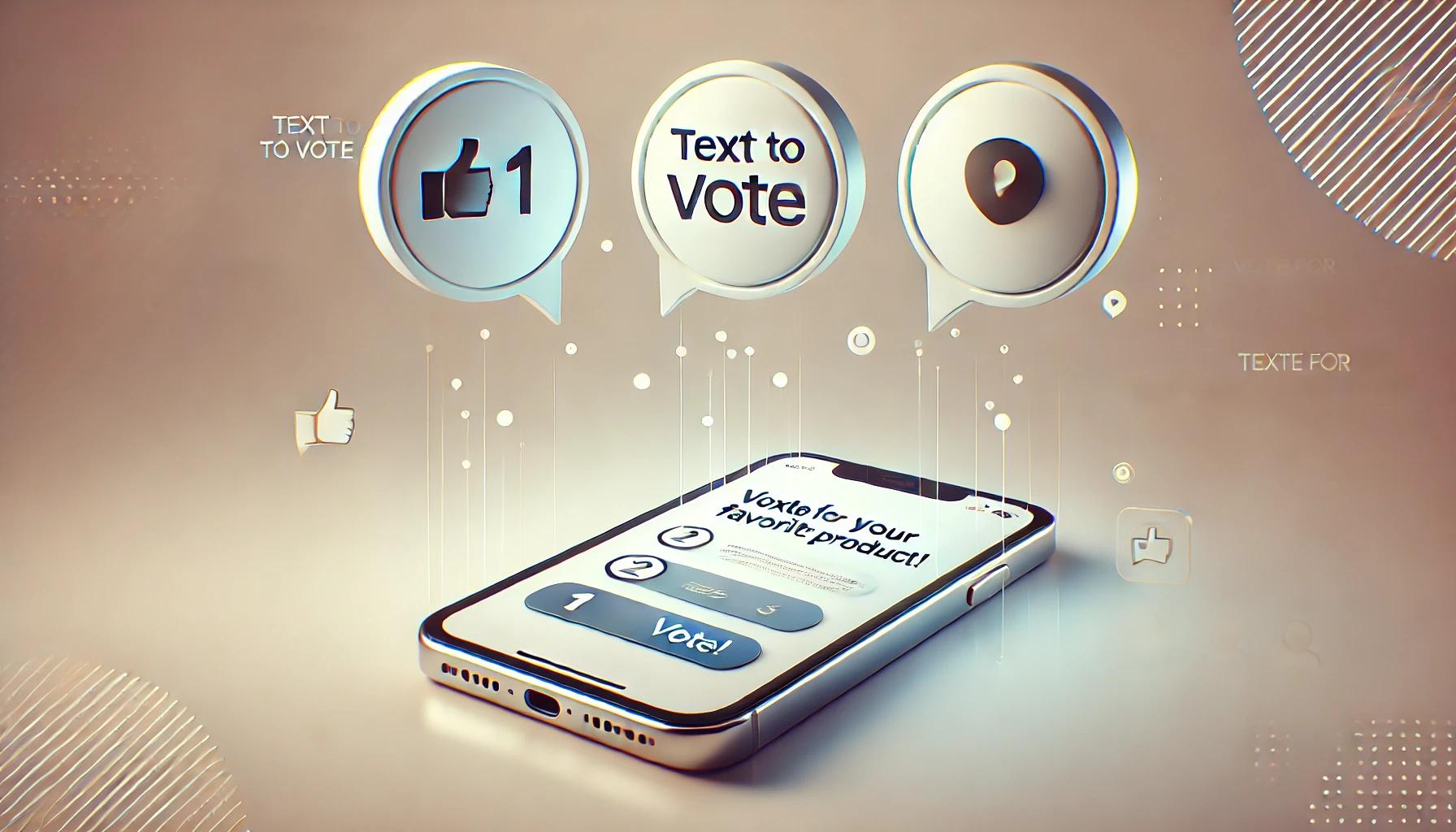Table of Contents
Sign up to Whippy
See how Whippy can work for you business

If you’re sending SMS campaigns at scale—whether it’s through Whippy AI or any other platform—you’ve probably run into some friction with 10DLC messaging.
Maybe your campaigns are getting throttled. Maybe delivery is dropping off. Or maybe you’ve just been told, “You can only add 49 numbers to this campaign.”
At first, that sounds like a weird technical limit. But the truth is, it’s a compliance rule designed to keep bad actors from spamming people. The problem? If you're actually legit and trying to grow responsibly, that same rule can choke your growth.
So today we’re pulling back the curtain and answering the question:
Let’s break it down.
The 49-Number Limit: What It Is and Why It Exists
Here’s the hard truth: by default, you can only assign 49 phone numbers to a single 10DLC campaign. This is enforced primarily by T-Mobile, but it affects every brand that wants to play in the 10DLC space.
Why 49? Because of a shady practice called “snowshoeing.” That’s when shady marketers distribute massive message volumes across many phone numbers to avoid spam detection. Carriers caught on, and the crackdown came fast.
So now, to prevent abuse, most carriers—T-Mobile being the most aggressive—set a 49-number cap per campaign to maintain messaging integrity. Telnyx confirms this limit, and you’ll find it across most providers' documentation.
That’s the rule. But here’s where it gets interesting: there’s a way around it—if you’re legitimate.
Number Pooling: Your Ticket to Scale
If you’re running a real business, sending legitimate messages, and scaling responsibly, you don’t have to stay stuck at 49.
There’s a mechanism called number pooling, and it’s how brands unlock serious volume.
With number pooling, you can request an expanded limit:
- Up to 5,000 phone numbers if you’re running a campaign under the “Agents and Franchises” category (think insurance agents, local reps, franchises, etc.)
- Up to 50,000 numbers for certain approved use cases where high volume is justified
This isn’t theory—it’s real. Vonage outlines the process clearly. You submit a formal request to your provider that includes who you are, what your campaign is for, how many messages you expect to send per month, and why you need more than 49 numbers.
If you have the receipts—and the use case checks out—most good providers will approve it.
Bonus: AT&T Has Its Own Rules (And They're Generous)
One thing most people miss is that different carriers have different rules. And AT&T is actually more generous than T-Mobile in some cases.
If you’re in industries like banking, insurance, or franchising, AT&T will allow you to assign up to 5,000 numbers per campaign without even going through the full number pooling process.
This kind of use-case-specific generosity is baked into how different carriers interpret 10DLC policy. Bandwidth has a solid overview of how it works depending on who you're sending through.
Bottom line: if you’re working in one of these high-trust verticals, the door might already be open—you just have to know it’s there.
Myth: More Numbers = Faster Messaging
Here’s where things get technical—and a lot of people get it wrong.
It’s tempting to think that adding more numbers to a campaign automatically increases your throughput. More numbers, more messages, more speed, right?
Not exactly.
Throughput is primarily determined by:
- Your brand’s vetting score (based on how reputable you are)
- The type of campaign you’re running (marketing, customer care, etc.)
- Your provider’s throughput settings
Adding more numbers doesn’t mean each number sends faster—it just spreads your message load. If your brand is poorly vetted or your campaign isn't properly registered, you’ll still be throttled. Period.
SignalWire explains this clearly in their guide: Number pooling increases your capacity, but it doesn’t override the core rules of throughput and compliance.
So before you start collecting phone numbers like Pokémon cards, make sure your infrastructure is actually ready to scale.
How to Scale Your 10DLC Campaigns the Smart Way
If you’re running real volume and looking to expand beyond the default limits, here’s your move:
Get your brand vetted properly. This will directly affect your throughput and credibility.
Make sure your campaigns are registered under the correct use case. The more aligned your campaign is with known, high-trust categories, the easier it is to scale.
Submit a number pooling request to your provider. Include messaging volume projections, campaign details, and justification for why you need more than 49 numbers.
Track delivery rates and carrier responses. If anything starts slipping, don’t wait—optimize or adjust fast.
If you're sending through Whippy AI, the good news is—we’ll help walk you through the entire thing. From campaign setup to brand vetting to number pooling approvals, we’ve done it before. You don’t have to figure it out alone.
Final Thoughts
The 49-number limit isn’t a dealbreaker. It’s just the starting line.
If you’re serious about scaling SMS—whether it’s to 5,000 numbers or 50,000—the system has a path. You just need to understand how it works and apply with precision.
Play by the rules. Optimize your structure. Then scale like crazy.
Need help? Drop us a message. We’ll get you set up with everything you need to scale your SMS campaigns with confidence and compliance.
Table of Contents
Sign up to Whippy
See how Whippy can work for you business

